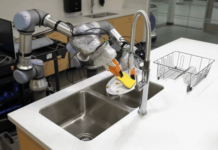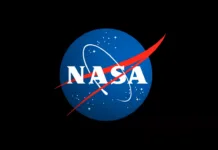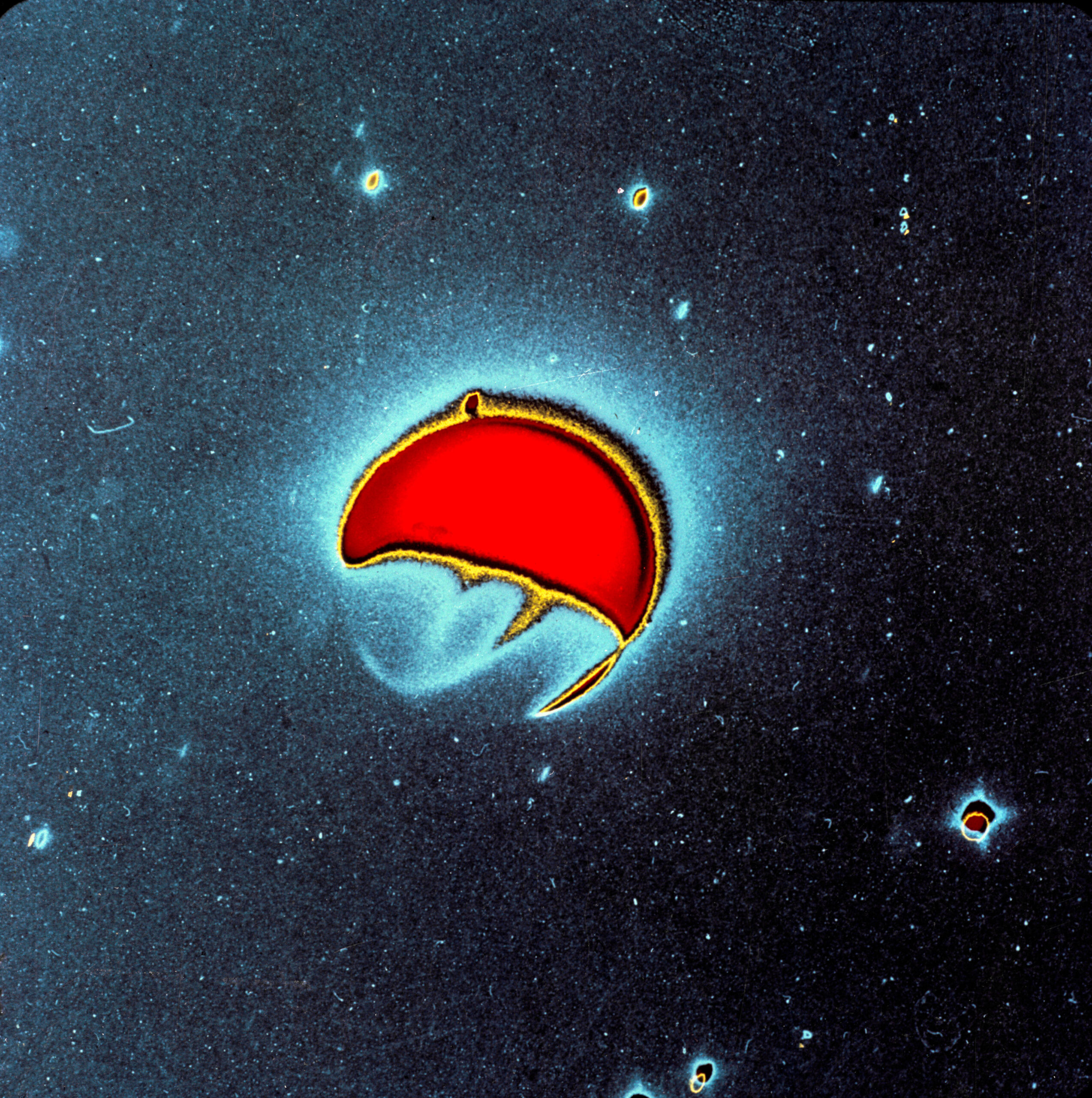A Glimpse into the Past: Apollo 16’s Ultraviolet Photo of Earth
On April 21, 1972, during the Apollo 16 mission, NASA astronaut John W. Young, serving as the mission commander, captured an extraordinary image of Earth using a specialized ultraviolet camera. This was not just any photograph; it was taken in the far-ultraviolet spectrum, which is invisible to the naked eye. The ultraviolet camera used in this experiment was a groundbreaking piece of technology, showcasing the innovative spirit of the era.
The original image captured by Young was in black-and-white and was recorded on Agfacontour professional film. This type of film was specifically chosen for its ability to capture fine details and subtle variations in light. To create the final enhanced-color image, the photograph underwent a unique process. It was printed three times, with each exposure highlighting a different level of light intensity. These light levels were then color-coded: the dimmest light was colored blue, the next brightest was given a green tint, and the brightest areas were colored red. The result was a stunning enhanced-color image that provided a new way to view our planet from space.
The Pioneering Work of Dr. George Carruthers
The ultraviolet camera used in this mission was designed by Dr. George Carruthers, a scientist at the Naval Research Laboratory. His work was instrumental in the development of the first Moon-based observatory, which was deployed during the Apollo 16 mission. This observatory was a major milestone in space exploration and scientific research, enabling a new form of astronomical observation from the lunar surface.
The Apollo 16 astronauts, including John Young, installed this observatory on the Moon in April 1972. It was strategically placed in the Descartes highland region, a location chosen for its scientific interest and relatively stable surface conditions. The observatory remains there to this day, serving as a testament to the ingenuity and vision of the scientists and engineers who made it possible.
Understanding Ultraviolet Astronomy
Ultraviolet astronomy involves observing astronomical objects in the ultraviolet portion of the electromagnetic spectrum. This range of wavelengths is shorter than visible light and is blocked by Earth’s atmosphere, making ground-based observations impossible. By placing telescopes and cameras in space, scientists can study the ultraviolet emissions from stars, galaxies, and other celestial bodies. These emissions can reveal a wealth of information about the composition, temperature, and behaviors of these objects.
The far-ultraviolet image of Earth captured during Apollo 16 provided valuable data that contributed to our understanding of Earth’s atmospheric processes. The image not only highlighted the technological advancements of the time but also underscored the importance of space-based observations in expanding our knowledge of the universe.
The Legacy of Apollo 16’s Observations
The work done during the Apollo 16 mission laid the groundwork for future space-based telescopes and observatories. The ultraviolet camera and the techniques used to process the images set a precedent for later missions, such as the Hubble Space Telescope, which continues to provide breathtaking images of the universe in multiple wavelengths, including ultraviolet.
Moreover, the success of this mission highlighted the importance of collaboration between different organizations and experts in various fields. Dr. George Carruthers’ expertise in ultraviolet astronomy and the support from NASA and the Naval Research Laboratory were crucial in achieving the mission’s objectives.
Reflecting on the Impact of Apollo 16’s Discoveries
Looking back at the achievements of the Apollo 16 mission, it is clear that the impact extends far beyond the immediate scientific discoveries. The mission inspired a generation of scientists, engineers, and explorers to push the boundaries of what is possible. It demonstrated the power of human ingenuity and the potential of space exploration to unlock new worlds of knowledge.
For those interested in learning more about the Apollo 16 mission and its contributions to science, NASA’s official website offers a wealth of resources and historical documents. These materials provide deeper insights into the mission’s objectives, the challenges faced by the astronauts, and the innovative solutions developed by the mission team.
Continuing the Journey of Discovery
The spirit of exploration and discovery that characterized the Apollo 16 mission continues to drive scientific research and space exploration today. As we look to the future, with plans for returning humans to the Moon and exploring Mars, the lessons learned from past missions like Apollo 16 remain invaluable.
Today, advances in technology and international cooperation in space exploration have opened up new possibilities. As we continue to push the frontiers of knowledge, the pioneering work of astronauts like John W. Young and scientists like Dr. George Carruthers serves as a reminder of the incredible achievements that can be realized when we dare to explore the unknown.
For more details on the Apollo 16 mission and its scientific contributions, you can visit NASA’s official website at NASA Apollo 16 Mission.
For more Information, Refer to this article.


































